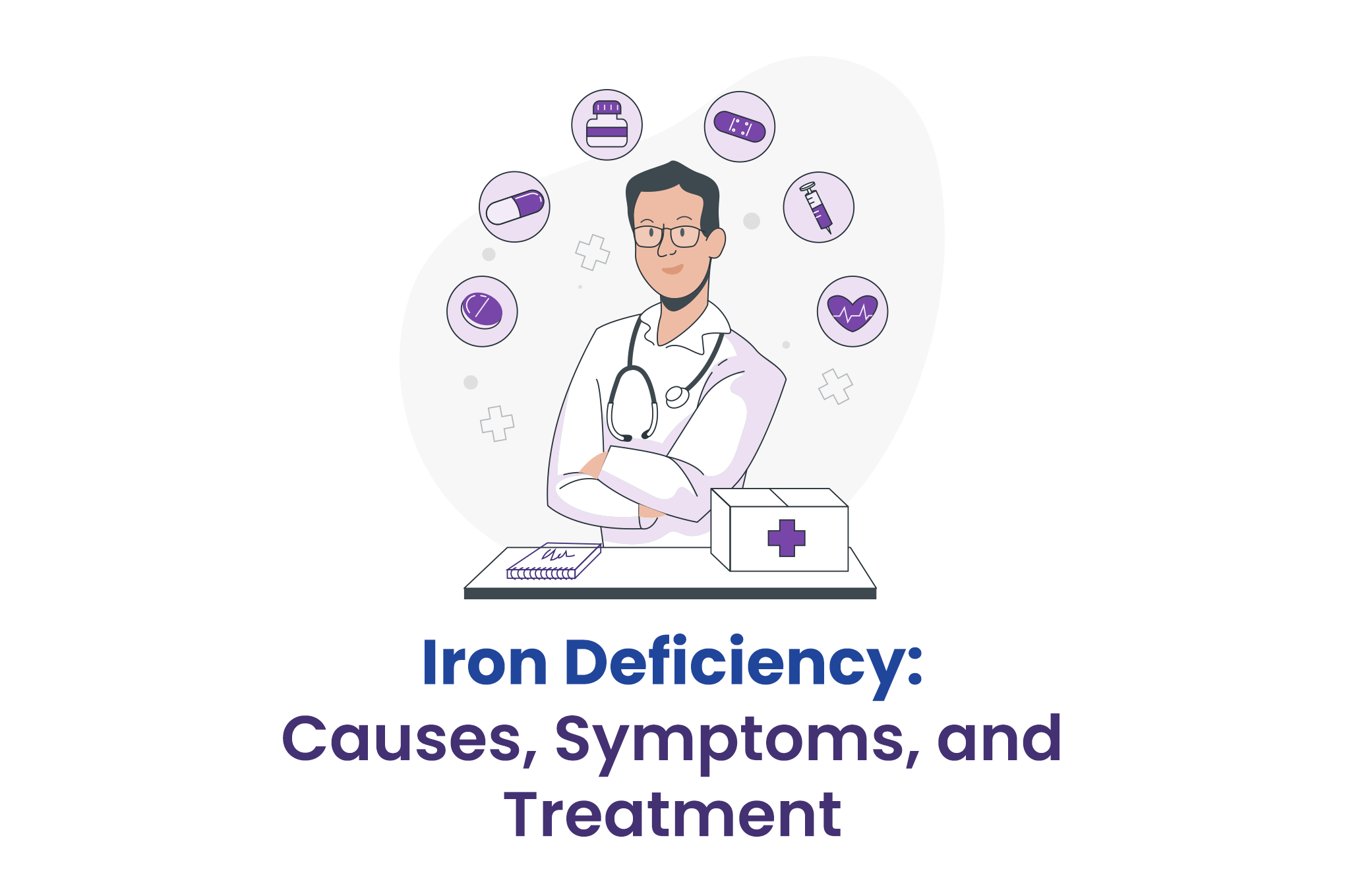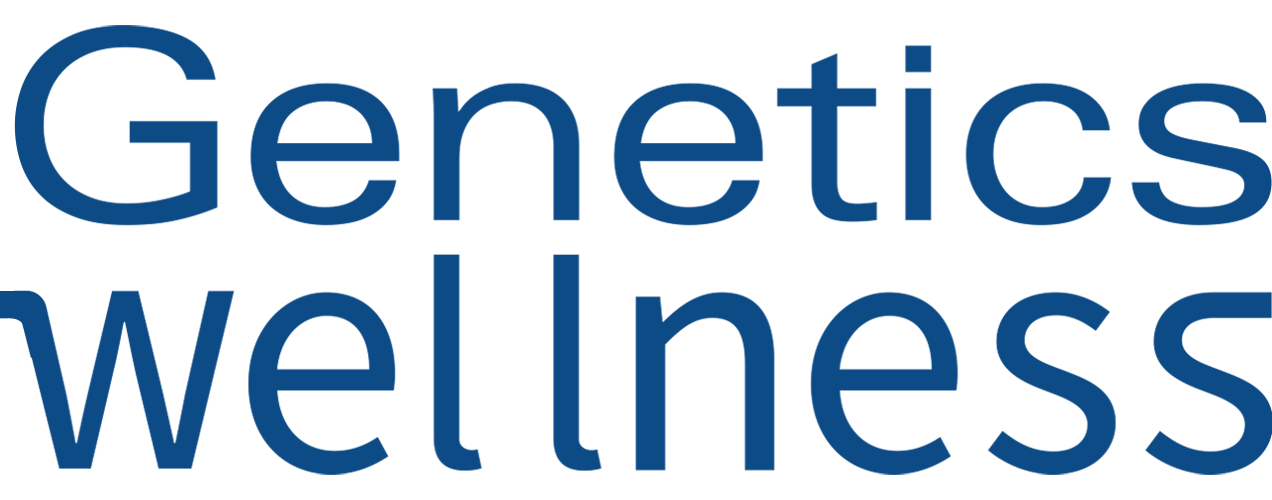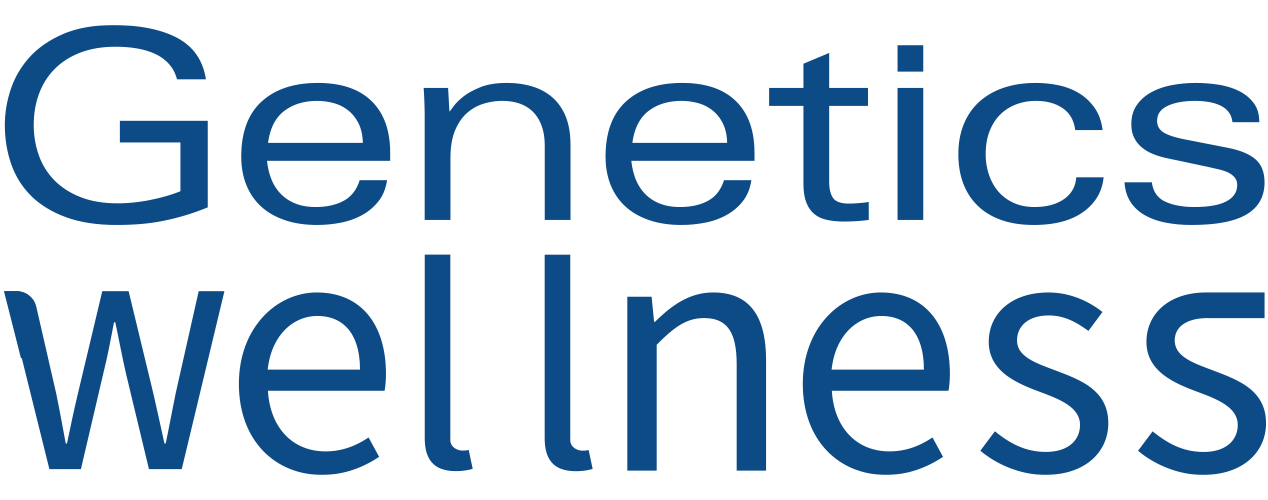The Anaemia Around You

The Silent Crisis of Iron Deficiency Anemia in Pakistan: Symptoms, Causes, and Solutions.
Iron deficiency anemia, a pervasive yet often overlooked health issue, silently impacts millions of women across Pakistan. With 18.2% of non-pregnant women aged 15–49 affected (National Nutrition Survey 2018), this condition undermines energy, productivity, and quality of life. But how can you recognize its subtle signs—and what effective solutions exist?

-
Pale skin, dizziness, and breathlessness during physical activity.
-
Cold extremities even in warm weather.
-
Fatigue, weakness, and frequent infections.
-
Brittle nails and headaches.
-
Menstrual blood loss.
-
Pregnancy demands (increased iron needs for fetal development).
-
Poor dietary intake of iron-rich foods.
-
Haem iron (from animal sources like meat, poultry, and fish): Absorbed efficiently by the body.
-
Non-haem iron (from plant sources like spinach, lentils, and fortified cereals): Less readily absorbed.
-
Children: Iron supplements outperform dietary changes alone.
-
Adults/Adolescents: Supplements + diet yield similar results, but severe cases require targeted supplementation.
-
Diversify your diet: Include haem iron sources (lean meat, fish) and non-haem options (legumes, dark leafy greens).
-
Vitamin C intake: Add citrus fruits, strawberries, or bell peppers to meals.
-
Regular screenings: Monitor hemoglobin levels, especially during pregnancy or heavy menstrual cycles.

